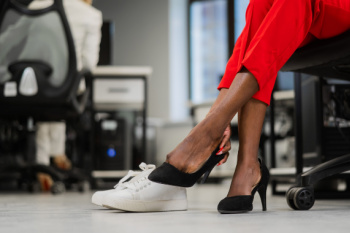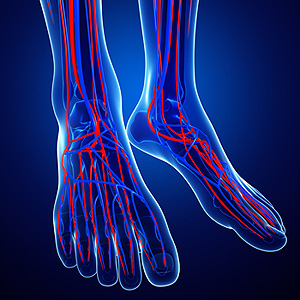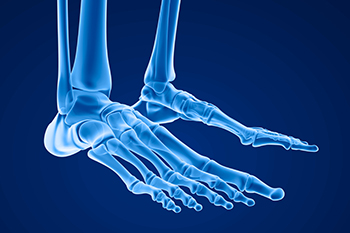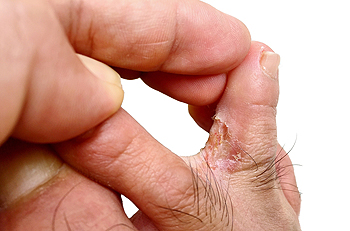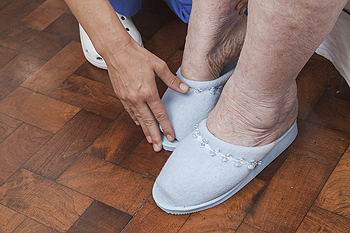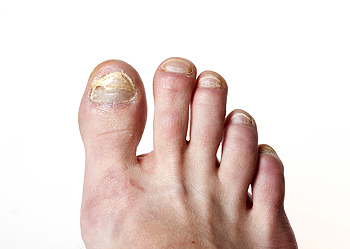
Toenail fungus, clinically known as onychomycosis, is a common condition that affects a significant portion of the population. This fungal infection typically occurs when microscopic fungi invade the toenails, leading to discoloration, thickening, and crumbling. The warm and moist environment inside shoes provides an ideal breeding ground for these fungi, making toenails susceptible to infection. Symptoms include changes in nail texture and color, ranging from yellowing to darkening. As the infection progresses, nails may become brittle and emit a foul odor. Toenail fungus is more prevalent than one may think, with a considerable percentage of the population grappling with this condition. Recognizing the symptoms early on is essential for effective management, as untreated toenail fungus can lead to persistent discomfort and potential complications. If you have a toenail fungus infection, it is suggested that you visit a podiatrist who can confirm the diagnosis and offer correct treatment methods, which often includes prescribed medication.
If left untreated, toenail fungus may spread to other toenails, skin, or even fingernails. If you suspect you have toenail fungus it is important to seek treatment right away. For more information about treatment, contact Dean Kim, DPM of Greater Texas Foot & Ankle Specialist. Our doctor can provide the care you need to keep you pain-free and on your feet.
Symptoms
- Warped or oddly shaped nails
- Yellowish nails
- Loose/separated nail
- Buildup of bits and pieces of nail fragments under the nail
- Brittle, broken, thickened nail
Treatment
If self-care strategies and over-the-counter medications does not help your fungus, your podiatrist may give you a prescription drug instead. Even if you find relief from your toenail fungus symptoms, you may experience a repeat infection in the future.
Prevention
In order to prevent getting toenail fungus in the future, you should always make sure to wash your feet with soap and water. After washing, it is important to dry your feet thoroughly especially in between the toes. When trimming your toenails, be sure to trim straight across instead of in a rounded shape. It is crucial not to cover up discolored nails with nail polish because that will prevent your nail from being able to “breathe”.
In some cases, surgical procedure may be needed to remove the toenail fungus. Consult with your podiatrist about the best treatment options for your case of toenail fungus.
If you have any questions, please feel free to contact our office located in Frisco, TX . We offer the newest diagnostic and treatment technologies for all your foot care needs.
